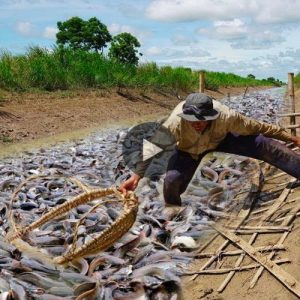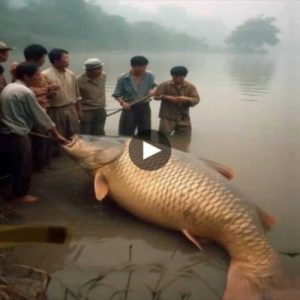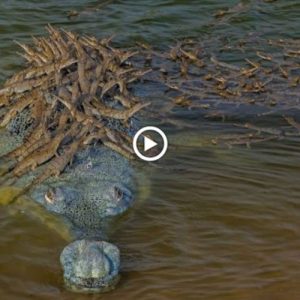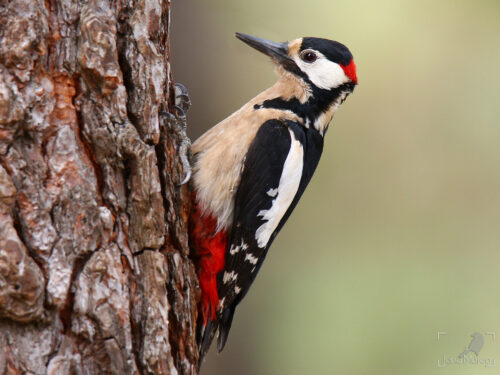
The Spotted Woodpecker, scientifically known as Dendrocopos major, is a mesmerizing medium-sized woodpecker native to the woodlands of Europe and parts of Asia.
With its stunning black and white plumage adorned with vibrant red markings, this species captures attention wherever it goes.
In this article, we delve into unknown facts about the Spotted Woodpecker that will leave you amazed.
The Spotted Woodpecker thrives in a diverse range of woodland habitats, including deciduous and mixed forests, parklands, and even urban areas with mature trees.
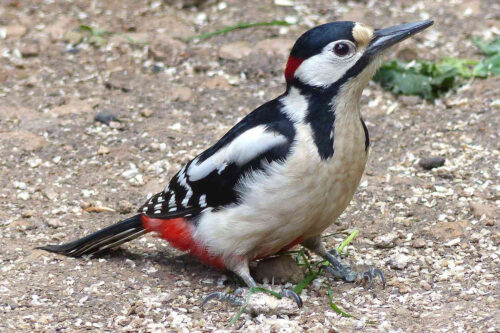
Its adaptability allows it to sustain its diet and meet its various needs. While predominantly found in Europe, this species extends its presence to regions of Asia, including Russia, China, and Japan.
Renowned for their drumming skills, Spotted Woodpeckers produce distinct rhythmic beats by pecking on trees.
These resonating drumming sounds serve purposes such as territory marking and attracting mates.
Their chiseling beaks enable them to excavate tree trunks, searching for insects and larvae, which form a significant portion of their diet.
During courtship displays, male Spotted Woodpeckers showcase their vibrant plumage and engage in elaborate aerial acrobatics to impress potential mates.
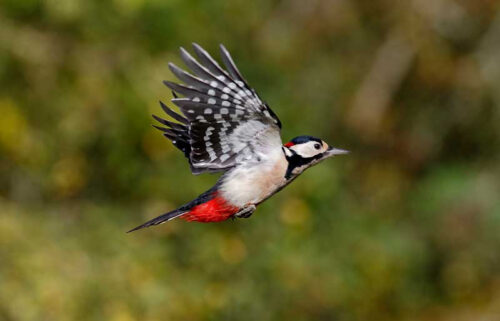
They communicate through a range of calls, from shrill whistles to resonant calls that echo through the forest.
Despite their adaptability, the Spotted Woodpecker faces challenges in today’s world.
Habitat destruction, particularly the loss of mature trees and nesting sites, poses a threat to their population.
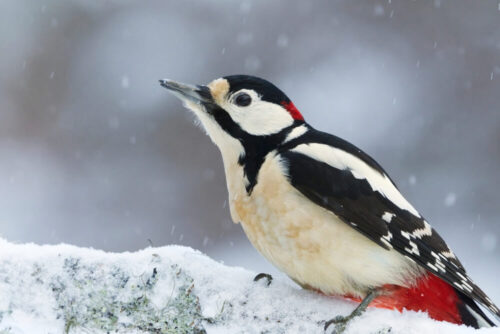
Climate change and urbanization further impact their natural habitats.
Conservation efforts such as creating protected areas, preserving woodland habitats, and raising awareness about biodiversity are crucial for their survival.
The Spotted Woodpecker’s stunning appearance, drumming prowess, and adaptability make it a fascinating species to study.
By understanding their unique characteristics and conservation needs, we can work towards ensuring a thriving future for these remarkable birds and the ecosystems they inhabit.
Video:

